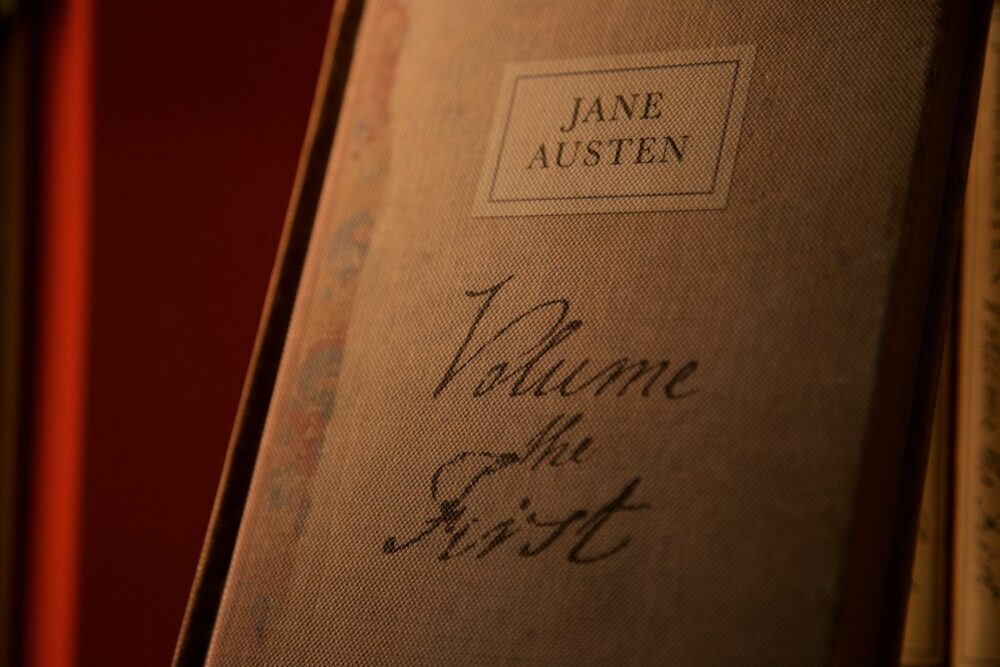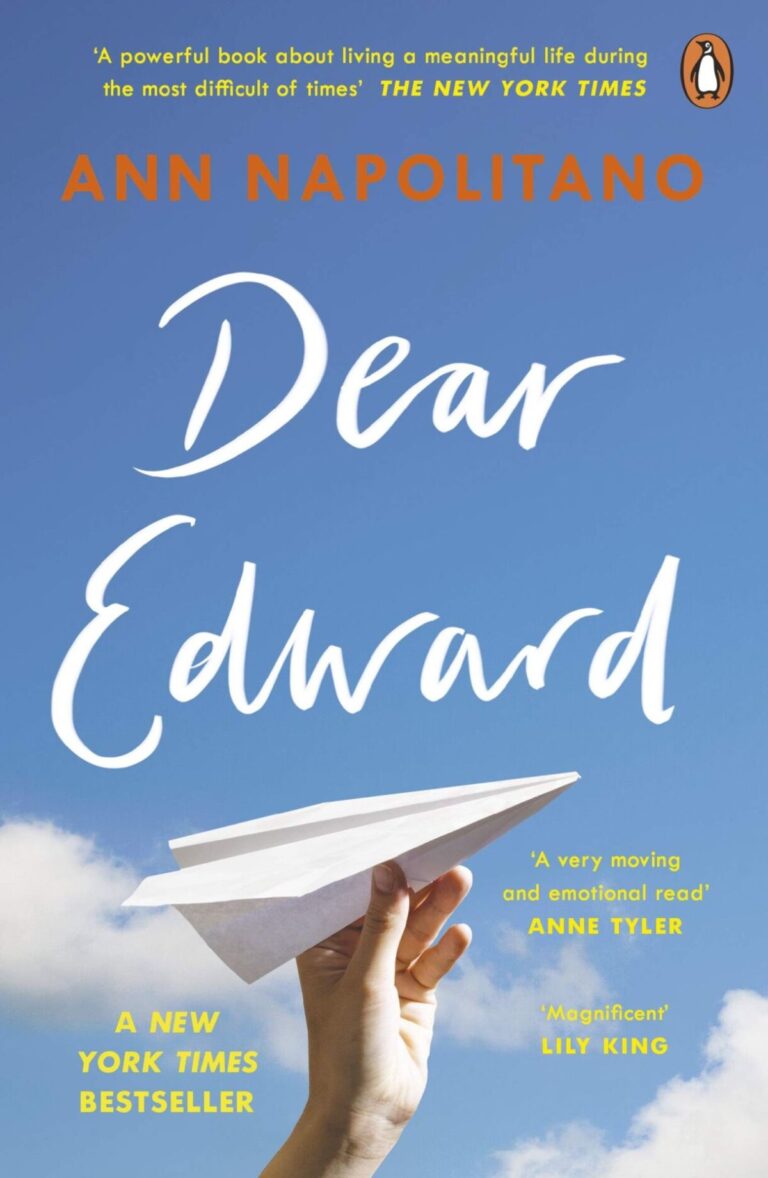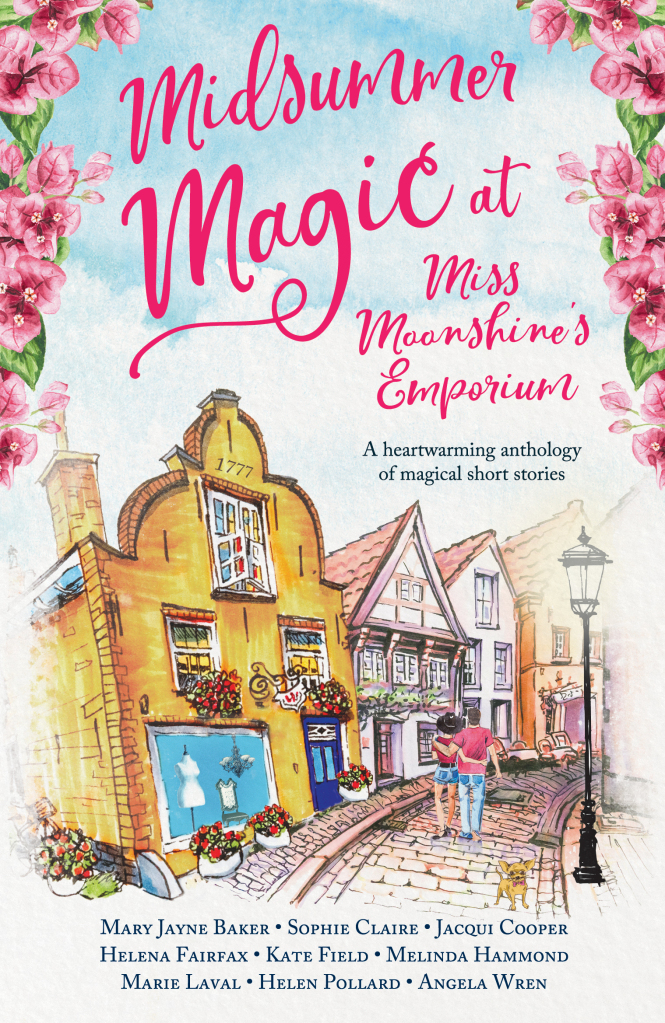
Today’s post is by book coach Robin Henry.
In case you missed it, 2025 is the 200th anniversary of Jane Austen’s birth. There will likely be celebrations, adaptations, and fan fiction abounding all year. It’s worth taking a moment to think about what makes Austen one of the true GOATs in literature.
Great novels ask readers to think about interesting questions. Rather than supply answers, their authors present readers with opportunities to consider two types of story questions:
- Big Picture or Thematic Questions
- Plot Questions
For example, in a murder mystery the plot question is usually “Who is the murderer?” The big picture question might be “How could an average person be pushed far enough to commit a murder?” or “Why do people hurt each other?” The big picture question generally has a philosophical bent.
In Northanger Abbey, Jane Austen asks story questions through her characters’ goals, motivations, and conflict, as well as the plot. Her characters participate, wittingly or not, in an examination of the big picture question, as well as the plot question.
Austen added a preface to Northanger Abbey while preparing it for publication to explain that because it had originally been finished in 1803, “The public are entreated to bear in mind that thirteen years have passed since it was finished, many more since it was begun, and that during that period, places, manners, books, and opinions have undergone considerable changes.” Austen knew that to enjoy Northanger Abbey fully as a satire of Gothic novels of that earlier time, it was important to understand the books and opinions about books which were in vogue at the time it was originally written.
Her concern is understandable, because the underlying big picture question of Northanger Abbey is, “How do novels affect readers?”
Austen’s thematic story question is clear from the opening, when she introduces Catherine, “from fifteen to seventeen she was in training for a heroine; she read all such works as heroines must read to supply their memories with those quotations which are so serviceable and so soothing in the vicissitudes of their eventful lives.” It is Catherine’s misreading of the Gothic, along with her friend Isabelle’s, that drives the plot, most famously when she suspects that General Tilney has murdered his wife—leading to her crisis confrontation with Henry, and her growth through self reflection.
Catherine uses her reading to learn lessons both good and bad. Though she succumbs to the mistaken idea that the General is a murderer, she is not all wrong about his character. He is somewhat villainous, as is made plain by his banishment of her late at night to a carriage in which she must ride unaccompanied to return to her home. Austen uses this and another carriage episode earlier in the novel to illustrate her characters’ goals, motivations, and conflict. Though Catherine’s reading had taught her that she ought not to go riding alone with John Thorpe, since it was inappropriate and the heroines in Gothic novels are frequently kidnapped or worse in fast moving carriages, she had been persuaded to set aside caution by her inept, non-reading chaperone, Mrs. Allen. When forced into the carriage by General Tilney, she is able to cope because she has grown as a character. She makes it home without incident.
Characters in Northanger Abbey are revealed through their novel reading, misreading, and lack of reading. Henry Tilney is a rational charmer who waxes on the picaresque, a popular writing style of the time. As a wide reader of good sense, he has read novels and does not disparage them, but warns Catherine to be careful not to think life is like a novel, even teasing her about visiting Northanger Abbey when they first arrive. He has read the Gothic novels of which Catherine is so fond, but he takes them for entertainment rather than a life manual, and encourages Catherine to do the same during their confrontation over her suspicions of General Tilney, “Remember that we are English, that we are Christians. Consult your own understanding, your own sense of the probable, your own observation of what is passing around you. … Dearest Miss Morland, what ideas have you been admitting?” (Chapter 24) It is Henry’s disapproval that breaks the spell of misreading for Catherine. She begins to rationally examine the ideas she sees in books.
John Thorpe, in contrast, goes on about novels being nonsense and then explains that the only two he has enjoyed are Tom Jones and The Monk—two books with plenty of sex and seduction, and a deal of it explicit—to Catherine, whom he is supposedly courting for marriage, thus betraying his lack of couth and tact. At this point in their relationship, Catherine is too innocent to catch the references, however Austen’s readers most likely would have done and had fair warning, if they needed it, of Thorpe’s real character.
Notice that the major story question—how do novels affect readers?—is apparent throughout the novel in both plot and character. The characters are different types of readers, and have different reactions to the novels they read: Catherine is naive, Henry rational, Thorpe careless, leaving the reader of Northanger Abbey to conclude that perhaps it isn’t the novels that are the problem.
One cannot write a discussion of novel reading and Northanger Abbey without including that most famous of Austen quotations. After a slightly longish narrator intrusion about how authors themselves denigrate novels by not allowing their heroines to read them, she writes that novels are works “in which the greatest powers of the mind are displayed, in which the most thorough knowledge of human nature, the happiest delineation of its varieties, the liveliest effusions of wit and humour, are conveyed to the world in the best-chosen language.”
Thus, it is clear that posing the question of whether people should read novels and how they should read them is the major story question of Northanger Abbey. The question of novel reading is apparent on every page of the book. It was a major debate in Austen’s time, especially with regard to how women read as opposed to how men read and what they read, all of which are part of the examination of reading in Northanger Abbey.
Notice, though, that the reader is never instructed by Austen as to what the answer to this question is. The intrusive narrator has an opinion, but it is the story of Northanger Abbey which poses various answers to the question of how readers are affected by novels. Different readers have different responses to books and different levels of engagement with literature, which leads the reader of Austen’s novel to form their own opinion, rather than be given the answer. We are never told that Henry is a good reader or that Thorpe is a bad reader, we are left to make that judgment for ourselves.
And what about the Plot question? In a Marriage Plot, much like a romance novel, the question is will they or won’t they, and the answer is, yes they will—it is just a matter of how. Just as each character considers the thematic question, each character has a role to play in answering the plot question. The Allens may have been shoddy chaperones, but their agreement to let Catherine visit the Tilneys allowed her to develop her relationship with Eleanor and Henry. John Thorpe was definitely a cad and Isabelle possibly a libertine (because she read too many Gothic novels, or did she just read the racy parts?), but it is in contrast to them that Eleanor and Henry shine as beacons of sense and attachment.
Austen’s work stands out among her peers and has stood the test of time, partly because of the way she handles story questions. The thematic question is clear and apparent—it remains always present in the actions of the characters and the consequences, and importantly, each character deals with the question in their own way, providing the reader with something to think over in response. As one of the early architects of the novel as a form, Austen’s use of a unifying thematic question elevated and advanced the form, contributing to the development of long form narratives.
Austen was careful not to waste pages on non-plot question related events as well. Each event and character action/reaction leads logically to the next, even when Catherine is basing her actions on her Gothic novels. Within the framework of what she perceives to be true at the time, she is following a line of “story logic” that leads her to take action. Austen lets the characters drive the plot, using the thematic and plot questions as her guardrails in telling the story.
Practice using story questions with your own work
- What are your big picture and plot story questions? (at least one of each)
- List four to six characters from your novel and describe how their actions and decisions reveal the story questions. Limit yourself to 100 words for each character.
- List the major plot events in your novel (inciting incident, complication, crisis, climax, resolution) and explain how the story question informs each event. Try to keep it to 250 words.

Robin Henry is a retired school librarian and Author Accelerator Certified Book Coach with an MLS (Library Science) and MA in Humanities. She has previously served on book award committees and as a writing contest judge for the Women’s Fiction Writers Association. In addition to her work as a writing coach, she serves as the short story acquisitions editor for History Through Fiction, a small press that specializes in historical fiction. She is a fan of the Oxford comma, hot beverages, and historical fiction. Find her at readerly.net.






